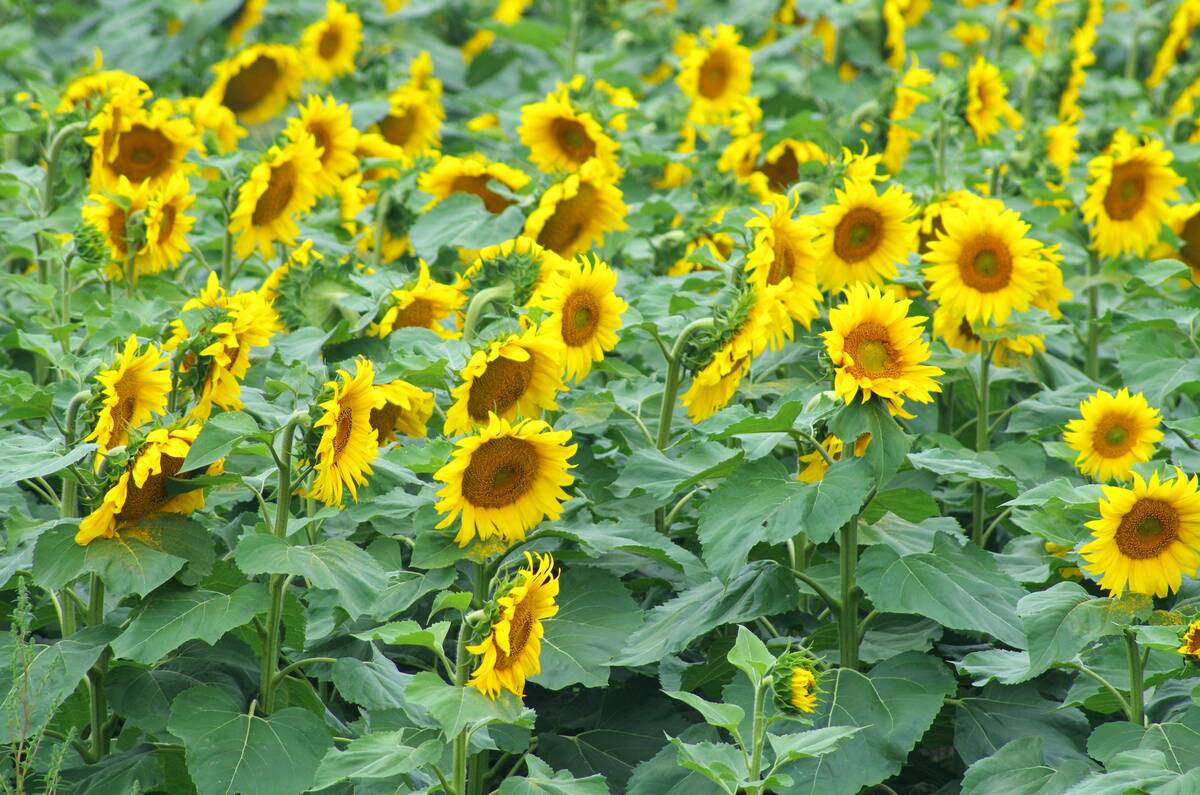Winter wheat may take a dramatic leap forward due to recent investments in plant breeding technology at the University of Saskatchewan.
Brian Fowler leads the winter wheat breeding program at the university’s College of Agriculture. He said development times for new varieties of winter wheat will be halved by a $25,000 investment from Ducks Unlimited and the electrical utility SaskPower, matched by funds available to the program from a variety of sources.
“Often it might be 12 to 15 years from the time we start a new breeding line until farmers can plant the grain. This will shorten that to seven years or less,” said Fowler.
Read Also

Bird repellent gets emergency approval for sunflowers
Bird repellent gets emergency approval for sunflowers
The technology for double haploid selection has been available for more than 15 years, but its expense has meant that Saskatoon’s winter wheat breeding program could only afford to share a few of the resources with the better funded spring wheat breeding program.
“Now we will have a proper lab and be able to get the … assembly line going … seven days a week,” said Fowler.
Researchers will be able to produce the new breeding lines more quickly.
“It used to take five or six generations (of the plants) to get the purity we needed through self pollination …. We can eliminate those generations and begin to make selections for the traits we want and begin stacking (genetic characteristics) much sooner than we could in the past.”
Double haploid selection produces plants that are based on one parent’s chromosomes from a cross plant with the desired genes. The cross plants are fertilized or stimulated using corn pollen. The result is an embryo with only one set of chromosomes, a single haploid, which is highly unstable.
The embryos are then aborted and a chemical called colchicines is applied to the embryo, causing the chromosomes to be doubled into a copy of the original haploid structure. The result is a new embryo that is stabilized by the second set of chromosomes and is an exact copy of the original plant cross.
This purity of the plant allows breeders to begin evaluating the cross sooner than under traditional methods.
The money will also improve the spring wheat breeding program, say university plant breeders.
As well as revamped lab space, the grant also paid for transfer hoods and dissecting scopes, the tools of the trade in modern plant breeding.
















